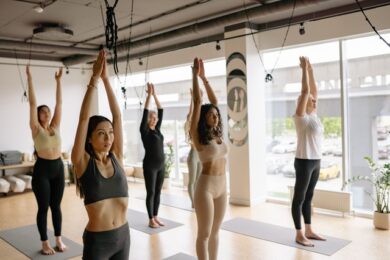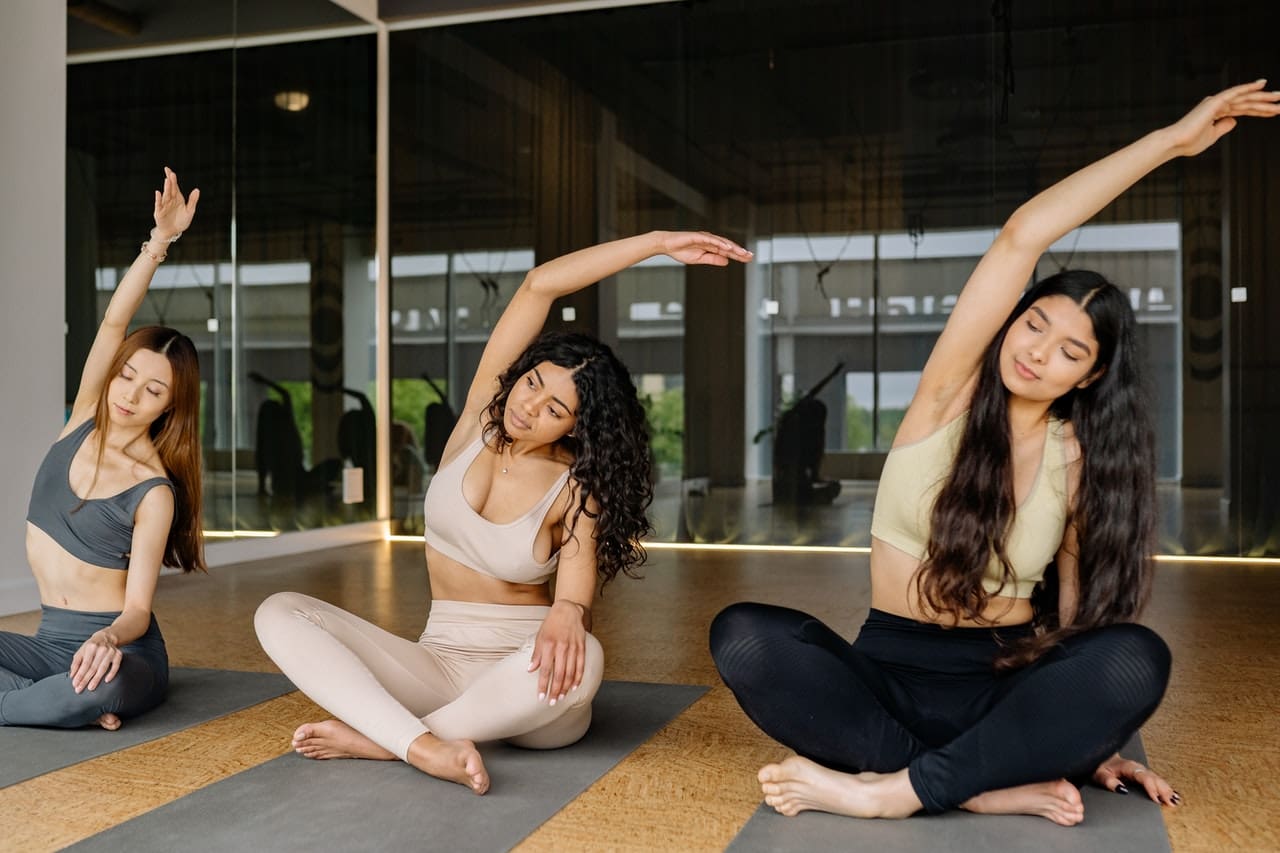Desk job employees: when’s the last time you took a moment to stretch your muscles?
Stretching is so much more than being able to touch your toes or being flexible – it’s an opportunity to strengthen your mind-body connection, something many of us lose when we’re tied to our desks all day.
The truth is, humans aren’t made to sit 8-10 hours per daily. Long periods of sitting can be harmful over time. Luckily, our certified yoga instructors at Body Techniques have designed a beginner-friendly sequence of yoga fitness poses to help combat the effects of sitting all day.
How Your Desk Job May Be Harming Your Health
If you’re reading this, you’re probably hunched over your desk (or phone). Desk jobs can lead to aches and pains in your lower back, wrists, and neck, as well as headaches.
Long story short – our bodies suffer at the hands of our desk jobs. But taking just a few moments a day for stretches for office workers can improve can improve posture, circulation, and mood. Yoga is perfect for loosening tight muscles and addressing areas that don’t get enough movement during the workday.
These poses are especially effective for neck and shoulder tension relief, which is common for anyone sitting for hours at a time.
The Best Yoga Flow For Desk Jobs
From breath work and grounding poses to Warrior II and balancing poses, this simple, yoga fitness routine will help you feel better after sitting all day. Hold each pose for 5-10 breaths. As always, listen to your body, no pose should be painful. It’s all about balancing effort with ease.

Balasana (Child’s Pose)
Start off in Child’s Pose. This shape not only lengthens the spine, but opens your hips and grounds you before setting an intention for your practice. From here, find your breath – breathe in and out through your nose.
How To Find The Pose: Come on your hands and knees and bring your toes to touch and knees wide as you move your hips toward heels. Walk your hands forward until your forehead comes to the mat or floor. If it’s comfortable, close your eyes.

Marjaryasana/Bitilasana (Cat/Cow Pose)
Cat/Cow Pose improves spine flexibility and stretches your back muscles. Perfect if you have to drive long commutes on top of sitting all day.
How To Find The Pose: From Child’s Pose, come onto your hands and knees making sure they’re shoulder and hip width apart. Inhale and press through your palms. Round your spine as you drop your head to find Cat Pose. On the exhale, drop your belly towards the floor, then lift your gaze and look up – coming into Cow Pose. Match breath to movement and cycle through 5-7 rounds of Cat/Cow.

Adho Mukha Svanasana (Downward Facing Dog Pose)
Downward Facing Dog Pose provides a juicy stretch in all the right places. It improves circulation and helps release tension in the neck.
How To Find The Pose: Root down into your palms and begin raising your knees off the mat. Lift your hips and straighten your legs if possible. In your first Down Dog, pedal the feet to ease into the pose. Firm the outer arms and shoulder blades. Look back at your toes. Shake the head yes and no to release tension in the base of your skull.

Uttanasana (Standing Fold Pose)
This inversion pose is ideal to alleviate anxiety and reduce tension headaches. For beginners, make sure to bend your knees as much as you need to avoid pulling a muscle. Standing Fold Pose is known to help with digestion, as well as stretching your hamstrings.
How To Find The Pose: Root down into your palms and begin raising your knees off the mat. Lift your hips and straighten your legs if possible.

Tadasana (Tall Mountain Pose)
Tall Mountain is another key pose in any yoga flow. It’s in this shape that you’ll have to practice your drishti (focused gaze) to keep the mind and body still. This pose is beneficial if you’re working on your balance and helps lengthen your spine.
How To Find The Pose: Root into your feet and come all the way up until you’re standing with your arms overhead. Depending on how your body feels, you can stand with your feet together or hip-width distance apart.

Virabhadrasana II (Warrior II Pose)
Warrior II pays homage to the Hindu god, Shiva. This pose is a test of endurance and strength for any yogi because your legs are doing most of the work to hold yourself still while the core is engaged to stabilize the torso. Another benefit of Warrior II? It’s a beloved hip opener that is easily modified to be accessible for all levels of fitness.
How To Find The Pose: From Tall Mountain, step your right foot back and bring the edge of your foot in line with the short edge of your mat. Bend the left knee. Your hips should be open towards the right side of the room. Bring your arms into a T and look over your left hand, again finding your drishti. Repeat on the left side.

The Cooldown
After you’ve gone through the poses above, come onto your back and take a few deep breaths. Add in an additional twist by lifting your legs, bend at the knees, and let them fall to either side of you. You can use blankets, yoga blocks, or books to bring the floor up if your knees don’t quite touch it yet. After this, extend your arms by your sides, legs go long, and close your eyes as you find the best pose of all: Savasana.
A Little Yoga Goes A Long Way
Finding just 15-20 minutes a day to stretch your body has lifelong benefits – especially if you work a desk job. No matter if you have perfect posture or not, these yoga poses keep your mind-body connection intact and improve circulation. Practicing yoga is all about listening to what your body needs and that changes by the day.
Corporate Yoga: Practice Yoga With Your Coworkers
Not only do our bodies benefit from yoga, but our relationships can, too. There’s a certain kind of chemistry that happens between groups of people who practice yoga together. Bonds formed on your mat carry into the workplace and can improve communication within and between departments. Body Techniques provides both in-person and online yoga classes for workplaces with desk jobs just like yours. Learn more about our corporate yoga programs and why stress management is so important in corporate settings.









